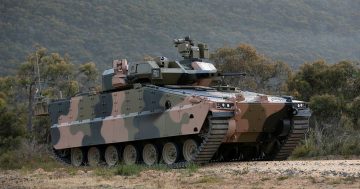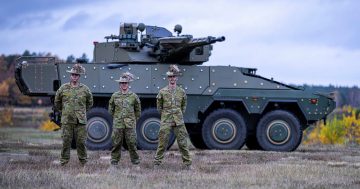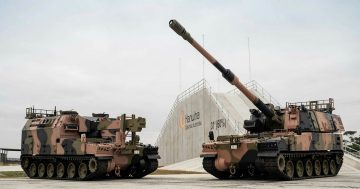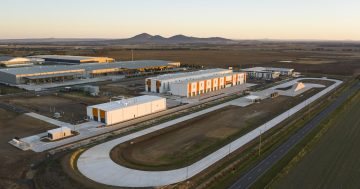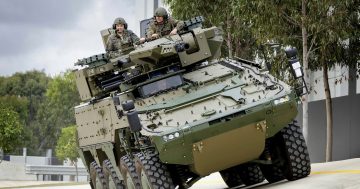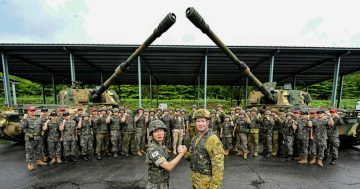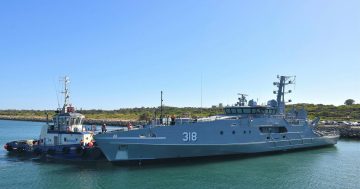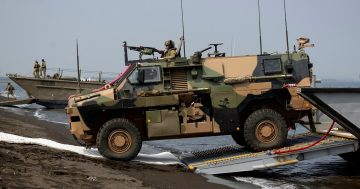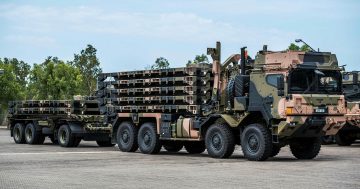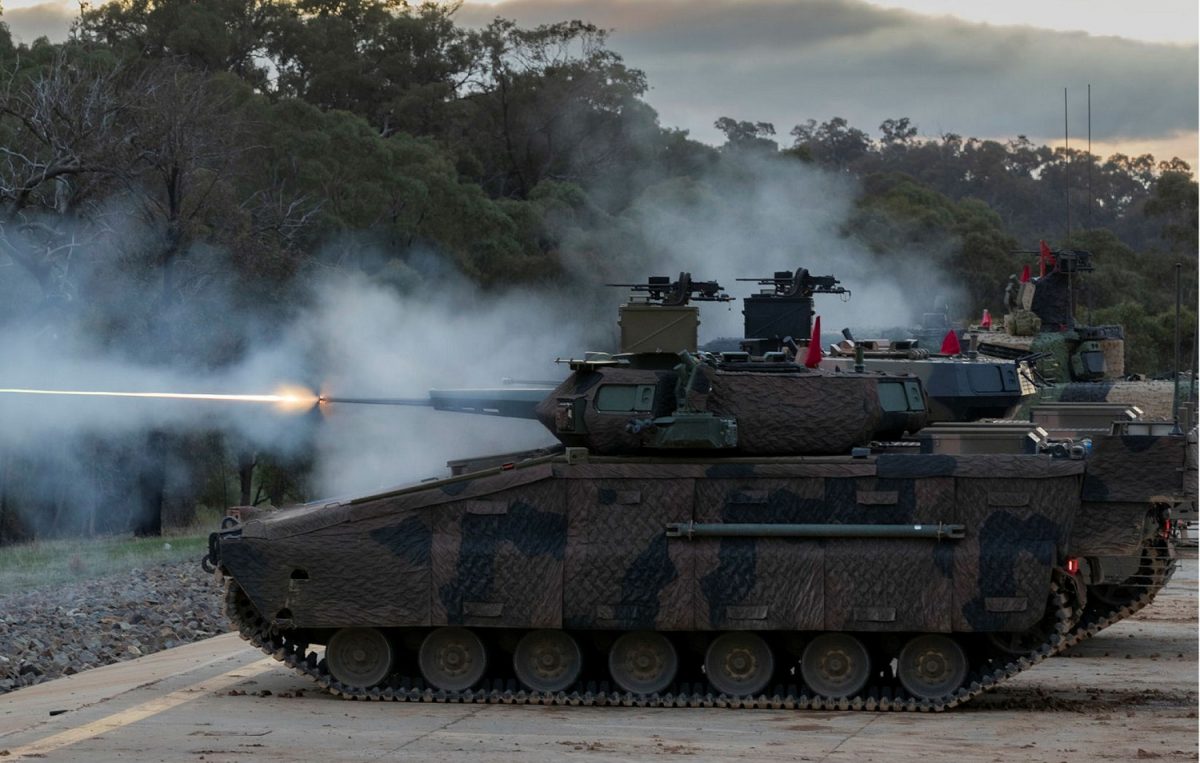
The AS21 Redback performed best in the Rick Mitigation Activity and was the army’s preferred vehicle. Photo: ADF.
The Australian subsidiary of Korean industrial giant Hanwha has been down-selected to supply the Australian Army with at least 129 AS21 Redback Infantry Fighting Vehicles (IFV).
Hanwha Defence Australia’s AS21 was selected ahead of Rheinmetall Defence Australia’s competing KF41 Lynx IFV for the long-awaited Project LAND 400 Phase 3 requirement. The selection of the AS21 was reportedly ratified by the National Security Committee of Cabinet on Tuesday, and the Commonwealth and Hanwha will now enter into detailed contract negotiations.
“I can announce that, after careful consideration, the Government has selected Hanwha Defence Australia as the preferred tenderer to build 129 Infantry Fighting Vehicles,” Defence Industry Minister Pat Conroy said on 27 July.
“Critically, the Government has also decided that these vehicles will be built in Australia at Geelong, instead of overseas,” Mr Conroy said.
When signed around the end of this year, the estimated $5-7 billion contract will be the first major defence contract Australia has ever awarded to a company of Asian origin.
The Minister says Hanwha estimates the contract will support 500 direct and another 1000 indirect jobs through defence industry suppliers.
The new IFVs will replace about 500 Vietnam-era M113AS4 Armoured Personnel Carriers (APC) in service. The new vehicles are larger than and weigh about three times as much as the M113AS4, and feature more modern communications, weapons, sensors, and most importantly, greater armour protection from small and medium calibre arms fire, mines and roadside bombs.
The M113s were supplied in the 1960s and 1970s and underwent a substantial upgrade in the late 1990s and early 2000s comprising a new interior and lengthened chassis, additional armour, new engines and more advanced weapons and sensors.
But their basic design and vulnerability to modern anti-armour weapons systems remain. As the Australian Army has downsized its M113AS4 force, it has donated 45 of these vehicles to Ukraine.
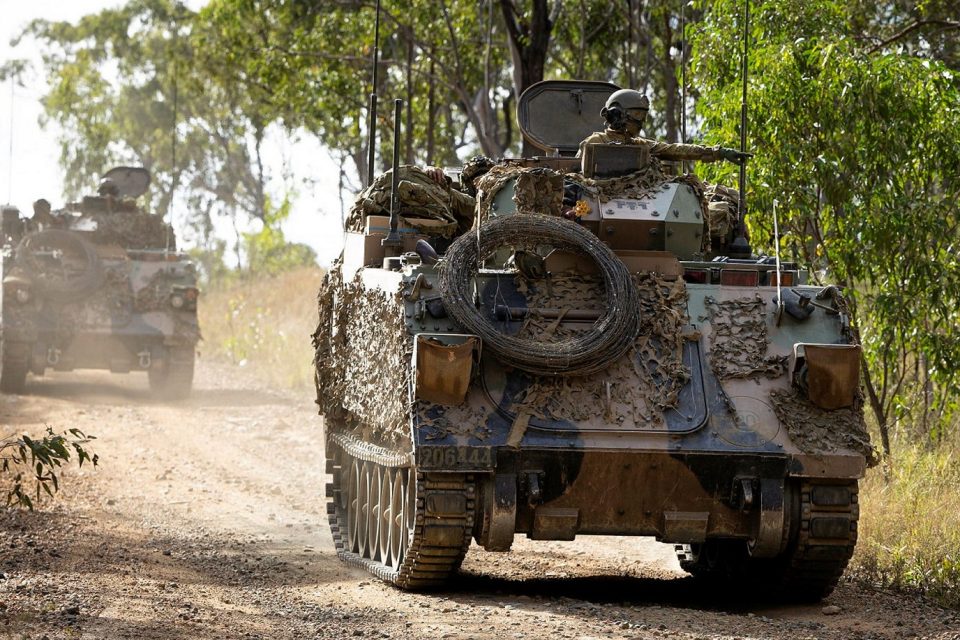
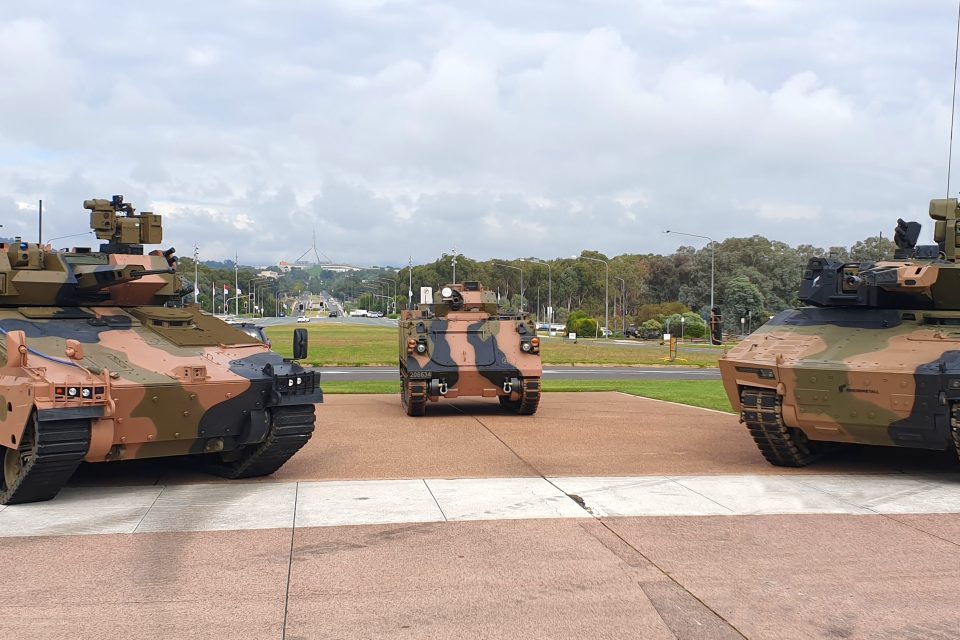
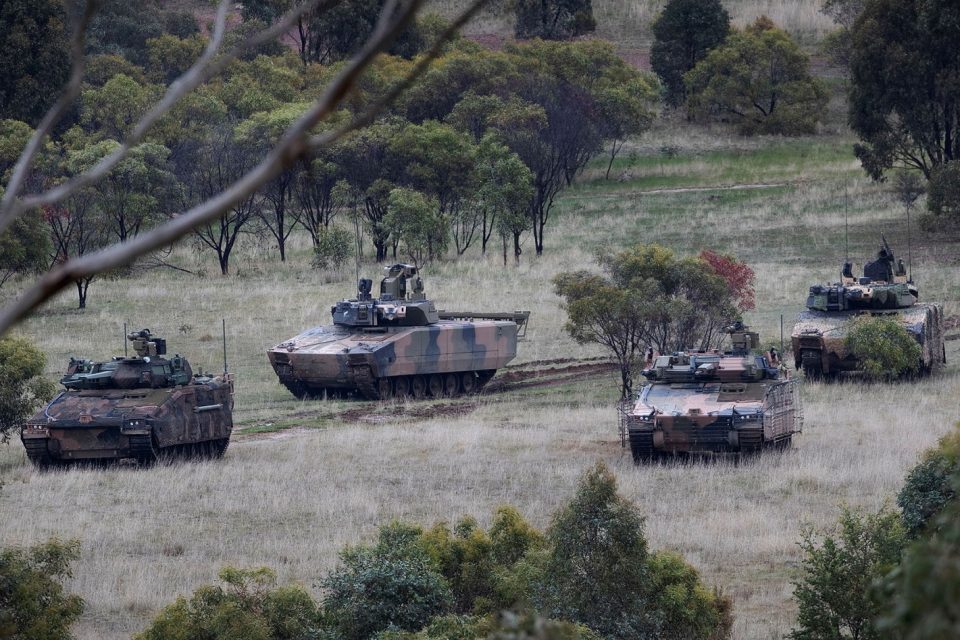
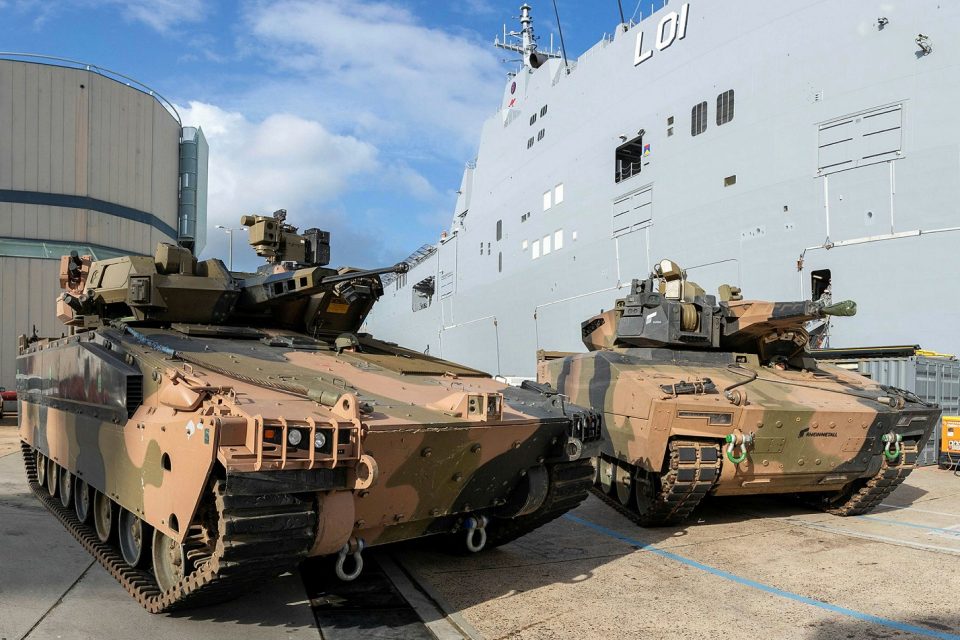
LAND 400 Phase 3 originally called for about 450 new vehicles to be acquired at a cost of about $27 billion and a selection to be announced in late 2022. But the project was dramatically scaled back in April’s Defence Strategic Review (DSR) in favour of long-range artillery, and air and surface-launched long-range precision strike weapons.
Also scaled-back in the DSR was the LAND 8116 Phase 2 Protected Mobility Fires program for which Hanwha was also selected with its AS9/AS10 Huntsman Self-Propelled Howitzer (SPH) system. The AS9/AS10 combined with modern IFVs such as the AS21 and the forthcoming Abrams M1A2SEPv2 main battle tank are a formidable land combined arms capability. But in the small numbers Australia is now buying them, they will be little more than a token force.
The selection of the Redback comes after a comprehensive Risk Mitigation Activity (RMA) during which two of each of the competing vehicles were put through their paces by the army in various environments. The RMA culminated with one of each of the vehicles being destroyed in a controlled test to demonstrate how well they protected their occupants from mines and improvised explosive devices.
In a company release, Managing Director of Hanwha Defence Australia Richard Cho said, “We are excited for the next phase of this program that will see HDA and Australian industry deliver a world class IFV to the Australian Army.
“The selection of the Redback for the Australian Army is an exciting milestone not just for soldiers, who will have an IFV that was specifically designed and built for them, as it also cements the closer ties between Australia and the Republic of Korea.”
Both Hanwha and Rheinmetall offered compelling Australian industrial capability cases, with both promising to build their vehicles at their facilities in Geelong and Ipswich, respectively. Rheinmetall already builds the Boxer 8×8 Combat Reconnaissance Vehicle for the army at its Military Vehicle Centre of Excellence (MILVEHCOE) at Ipswich, and Hanwha will build the AS9/AS10 vehicles at Avalon near Geelong from late next year.
Both companies have also undertaken to perform export work from their facilities, with Korea interested in Hanwha’s Avalon facility becoming an alternate source of SPHs and IFVs for its own needs, and Germany recently signing an MoU to buy 100 Boxers to be built at MILVEHCOE for the German Army.
Despite media reports that the sale of the Boxers to Germany was contingent on Rheinmetall winning the IFV down-select, the Minister denied this. “I can confirm that we regard the Boxer export deal and LAND 400 Phase 3 as entirely separate matters,” he said. “We will continue to engage with the government of Germany on that, and we’re every hopeful that will continue.”
Original Article published by Andrew McLaughlin on Riotact.


